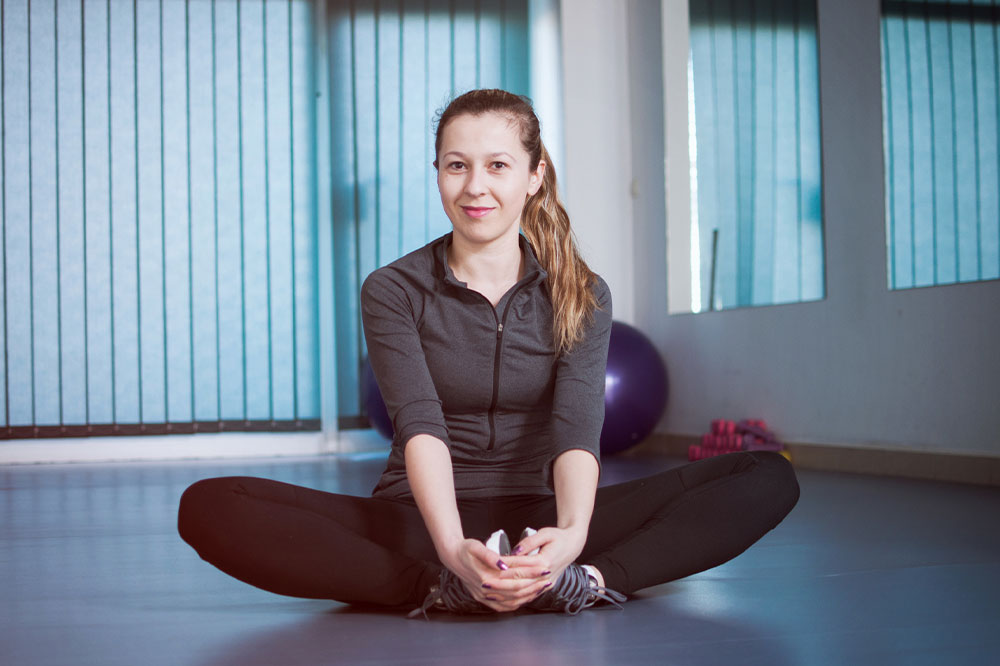Tips for working with Parkinson’s

Parkinson’s disease is a brain disorder that causes unintentional or uncontrollable movements, stiffness, and difficulty with balance and coordination. The symptoms usually begin gradually and get worse with time. Therefore, the most common concern for people diagnosed with the condition is how to continue working if and when the disease progresses. Fortunately, there are a few ways, as mentioned below, for Parkinson’s patients to keep working and further their careers.
- Let the employer know
Most people who are newly diagnosed with Parkinson’s do not tell their employers and coworkers about their condition because they are under the impression they might be treated unfairly. Since every work setting differs, the decision to inform peers lies with the person affected by Parkinson’s disease. But there might be an advantage to keeping one’s colleagues informed right from the early stages rather than waiting for the disease to progress. If the employer knows about the employee’s condition, they can work with them to accommodate their needs. - Read about ADA
An individual with Parkinson’s should read about the Americans with Disabilities Act (ADA). The act was created, in part, to ensure that employers do not discriminate against people with disabilities or specific health conditions when they are hired, on the job, or let go. This means the patient’s employer has to make reasonable accommodations for employees as long as they do not impose an “undue hardship” on the employer’s business. A reasonable accommodation is defined as “any modification or adjustment to a job or the work environment that will enable a qualified applicant or employee with a disability to participate in the application process or to perform essential job functions.” - Ensure the employer makes accommodations at the workplace
An employer can do this to make the life of an employee with Parkinson’s easier. Once the employer knows the patient’s situation, they should work together with the employee to improve their comfort and safety levels. Here are a few tips to keep in mind in this regard:- The employer and employee can note all required tasks within the workday and schedule the most challenging ones when the employee feels most rested and mobile. Breaks should also be scheduled accordingly.
- The patient can ask for an ergonomic assessment to ensure the desk and workstation are designed to reduce inefficient, unsafe, and unnecessary movements. They must also change their position regularly and stretch their limbs frequently to avoid stiffness.
- The employer can delegate certain tasks that are challenging for the patient with Parkinson’s to others whenever possible.
- The patient can use technology to make tasks easier. For example, the person affected by Parkinson’s could try a Dictaphone if they find it tedious to write messages. They could also use a headset on the telephone to improve their mobility and posture.
- Those diagnosed with Parkinson’s should ensure proper posture while carrying things, bending, stooping, or lifting. They can also use a cart to move things around.
- Follow the prescription the healthcare expert gives, and take them on time to ensure one receives the maximum benefits from each dose.
- Look into job share or flex time options and interchange sedentary tasks with more mobile ones to keep the muscles moving and slow the progression of Parkinson’s disease.
- Make lifestyle changes
While a cure for Parkinson’s disease is still to be found, healthcare experts recommend specific management methods to improve one’s lifestyle. Doing so could help the individual continue daily activities, including at the workplace, for longer. A few lifestyle changes to make are as follows:- Exercise regularly
Individuals with Parkinson’s should exercise regularly to ensure that their bodies are more flexible, better balanced, and more coordinated, with added muscle strength. A few exercises include simple things like walking, gardening, or swimming. - Get ample rest
Those with Parkinson’s disease might have trouble getting enough sleep. A few easy ways to get enough rest are by creating a pre-bedtime routine, sticking to a schedule, avoiding caffeine, and ensuring the mattress and pillow are comfortable and support the body well. - Eat healthy foods
Parkinson’s disease often leads to complications like dehydration, bone thinning, and constipation. One needs to eat healthy foods to keep these symptoms at bay. Those with Parkinson’s should include a variety of whole grains, fruits, and vegetables daily. These foods nourish the body with nutrients like magnesium, vitamins D and K, and calcium, all of which help improve bone strength. It is also vital to drink plenty of water to avoid getting dehydrated.
- Exercise regularly



